Birth control may be the last thing on many new parents’ minds. Whether women feel that their family is complete or there are more babies ahead, if sex with a man is in the near future, then contraception is something to consider. For women who are breastfeeding, exploring options for contraception in relation to milk supply is important. Additionally, some women who have chronic conditions or take certain medications may also need to factor those issues into contraception considerations. Talk with your health care provider to find out about options and make a plan that works for you. You might communicate your preferences and needs during prenatal care and then revisit methods during postpartum care.
Not sure? Consider buying a fresh pack of condoms and keeping them in an accessible spot in your home. For some couples, there might be only a few minutes when the baby is sleeping and both partners are in the mood for intimacy — you don’t want to spend those minutes looking for a condom!
Contraceptive Options, for when you do engage in sex and are seeking to avoid pregnancy.
There are some great resources out there that can give you more information about birth control methods including charts to compare the benefits across methods. See below! What about breastfeeding? Progestin-only methods are a good choice as well as barrier methods. If you are worried about your milk supply, avoid birth control methods with estrogen until your milk supply is well established. If you are a smoker over the age of 35, have a history of heart disease, heart attack or stroke, or have a history of blood clots, high blood pressure or other chronic condition talk to your provider before you take any method with estrogen which could be harmful to your health.
- Condoms: Condoms are latex (or non-latex) elastic that covers the penis to prevent ejaculation (cum) from entering the vagina. There are also internal condoms that go inside the vagina. Condoms are non-hormonal, can be purchased at drug stores and supermarkets, and they do not impact lactation. They are a common and effective form of contraception, but you need to use one every time you have intercourse.
- The Caya Diaphragm: There is now a one-size fits all diaphram that can be purchased online. This might be a good option. Note that the Caya is not recommended before 6 weeks postpartum. Other methods such as the cervical cap, sponge and spermicides might be a good choice as well. Talk with your provider if these sound like something you want to explore.
- The intrauterine device (IUD): The IUD is a little, T-shaped piece of plastic with small plastic string that is inserted into your uterus by a health care provider. Insertion may be uncomfortable. This method of contraception can require some pre-planning with your provider to make sure the IUD is available and can be inserted during the appointment. Once the IUD has been inserted, you don’t have to do anything except check the string periodically to be sure it is still positioned correctly. Each IUD offers three to ten years of contraception, depending on the type. IUDs can be hormonal or not hormonal. The IUD is one of the most effective contraceptive methods – greater than 99%. It can be removed by a health care provider at your request or, if you feel comfortable doing it, you can grab the strings and remove it yourself.
- The Implant: The implant, or Nexplanon, is a tiny rod that is inserted by a health care provider under the skin on your upper arm. It is almost invisible. It is a very effective birth control method. Once inserted, it lasts for up to three years and can be by a health care provider at your request. The implant is a hormonal method which has progesterone. * You will likely have menstrual cycle changes with the implant.
- Depo-Provera: The Depo-Provera shot, or the “ Depo” shot, is a hormonal contraceptive method which uses progesterone. You get the shot from a health care provider every three months. It is very effective if you get your shot on time, but not when shots are late or missed. It is typical for periods to be irregular among women using Depo – some women have more bleeding and others have no periods at all. Some women gain weight while using Depo.
- The Patch: The patch is a thin square of plastic that is placed and remains on your skin, like a Band-Aid. You change your patch once a week and if you do so, it is very effective. It is easy to check to be sure that your patch is in place and this can help you feel more confident that the contraception is effective. The patch is a hormonal method using both estrogen and progesterone.
- The Ring: The ring is a soft, small band that you insert into your vagina. The ring is highly effective if used correctly, but you have to remember to change it. You keep it in place for 21 days (three weeks) and then remove it for seven days so that you can have your monthly period. The ring is a hormonal method using both estrogen and progestin.
- The Pill: The pill is a hormonal contraception method – the most common type contains both estrogen and progesterone. The progestin-only Mini-Pill is available too and selected by some to protect milk production or who cannot or otherwise do not want to take estrogen. You have to take the pill every day at the same time – within hours at least. It is highly effective when used correctly.
- Sterilization: Tubal Ligation or “getting your tubes tied,” is a surgical procedure that can be done following a c-section or in an outpatient clinic, with a short recovery time. Your fallopian tubes are clamped and blocked or severed and sealed to keep eggs from reaching your uterus and being fertilized. It’s highly effective. Another surgical procedure that is becoming more common is the removal of both Fallopian tubes. The clinical name for this is “bilateral salpinectomy”. This is thought to be even more effective than tubal ligation, and also gives extra protection against ovarian cancer in the future. Talk to your doctor about what procedure is best for you.
- Vasectomy: A vasectomy is a safe, minor surgical procedure for men that takes about 30 minutes in an outpatient clinic. A vasectomy will not hurt a man’s ability to have sex or ejaculate (come), it just prevents sperm from combining with his fluids. Men will not fully clear all of the sperm from their system until 10 to 20 ejaculations after the procedure, but once the sperm count is zero (which the clinic will help you determine with follow up care), it is considered to be a very effective method of contraception. After the procedure, you and your partner should wait until the sperm count is zero before using this method for birth control. You can get this checked 2-4 months after having the procedure.
- Fertility-based awareness: Fertility-based awareness methods are ways to track ovulation so you can prevent pregnancy. These methods are also called natural family planning and the rhythm method. There are different ways to track ovulation. Click here for more information and resources. This method can be a little challenging in the immediate postpartum period as it may be difficult to predict ovulation until monthly cycles become regular again.
- Breastfeeding: Breastfeeding can be used as a contraceptive because lactation can prevent menstrual cycles, BUT ONLY IF: You breastfeed your baby exclusively, no more than 4-6 hours between feedings. Your period has not come back. Your baby is less than six months old. Breastfeeding is only a temporary method and once your period returns, you can get pregnant again. Start a birth control method at six months or with your first period. Start your method of birth control as soon as you start supplementing with formula or food, or if you pump milk more than once a day instead of breastfeeding. Some breastfeeding women use methods with both estrogen and progestin once their milk supply is well established, while others find they make less milk with these methods.
Method Considerations
Here are some questions to get you started in thinking about a method that fits your life and goals. Knowing the answers can help you and your health care provider work together to come up with the best contraception plan for you.
- Are you having sex regularly with a man? Do you want to be having sex?
- Do you want to have more children?
- If you do want to have more children, how many children do you think you’d like to have?
- How many years do you want in between your children? The recommendation for the health of women, infants, and future children is to have at least 12-18 months between pregnancies (from birth to conception).
- If you don’t want more children, do you want to learn more about a permanent birth control method?
- How often do you want to think about your birth control and feel able to manage the contraception method – daily, weekly, monthly or longer?
- Are you good at remembering things or are you forgetful?
Click to compare contraception methods.
What is the cost of contraception?
For contraception methods that are provided through clinics, the costs are generally fully covered by insurance. Methods like condoms are available for purchase at stores and are often also provided for free at health departments and some clinics. Check with your health care provider if you have questions or concerns about access. Methods like fertility-awareness are free.
Resources to Explore:
- Bedsider
- Birth Control Methods from the Centers for Disease Control and Prevention
- Birth Control from Planned Parenthood
- Birth Control After Baby – a Family Planning Guide for New Moms. To read a copy click here.








